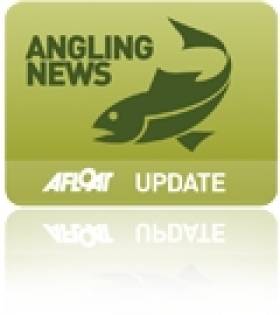Displaying items by tag: Denis O'Toole
Avoca Produces Record Sea Trout
Denis O'Toole has spoken of his amazement at catching a record 16-pound sea trout from the Acova River in Co Wicklow.
The angling hobbyist and professional fly dresser told the Bray People how he had spent the day fishing with a friend in what has been described as 'the most polluted river in Europe' when he spotted the monster, and decided to take up the challenge.
"I went down to the pool where I had previously seen the fish move," he said. "I put on a 1 1/2 inch aluminium tube with a salar single hook (with the barb squeezed down) and started at the head of the pool.
"On my fourth cast while stripping the fly back he hit it with a bang and all hell broke loose; all I could see was white foam on the water through the inky darkness. I thought I had hooked Free Willy."
O'Toole continued: "He was lying in only three feet of water when he took and in total the fight lasted 20 minutes. My fishing partner, Dean Kennedy, netted the fish. He was then carefully weighed and measured and released back to spawn to produce more 16 lb'ers."
The Bray People has more on the story HERE.























